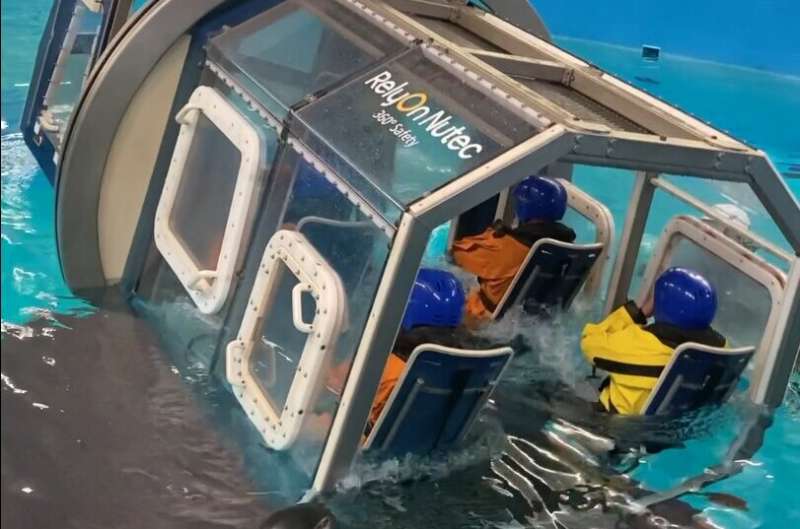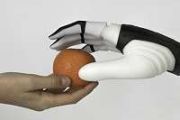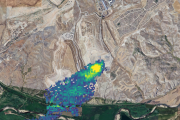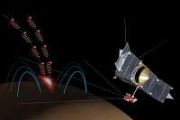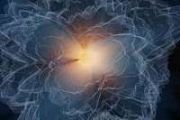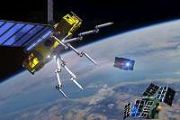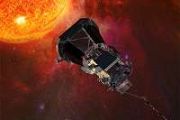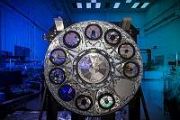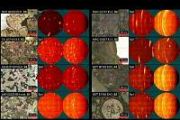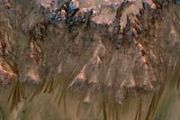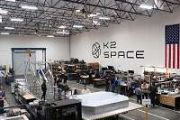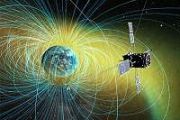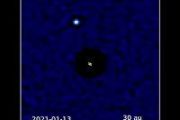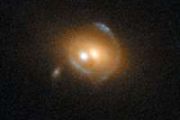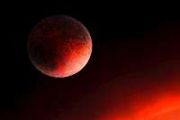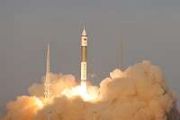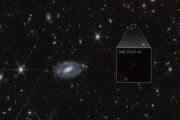
Copernical Team
China Achieves Milestone in Satellite-to-ground Laser Communications
 The Aerospace Information Research Institute (AIR) under the Chinese Academy of Sciences (CAS), in partnership with the Changguang Satellite Technology, successfully conducted a satellite-to-ground laser communication experiment at a speed of 10 gigabyte per second (GB/s) using self-developed 500-millimeter-diameter ground system and Jilin-1 satellite.
The experiment obtained good-quality
The Aerospace Information Research Institute (AIR) under the Chinese Academy of Sciences (CAS), in partnership with the Changguang Satellite Technology, successfully conducted a satellite-to-ground laser communication experiment at a speed of 10 gigabyte per second (GB/s) using self-developed 500-millimeter-diameter ground system and Jilin-1 satellite.
The experiment obtained good-quality SYRACUSE 4B Satellite Launched: Boost for French Military Communications
 European aerospace company Airbus, in partnership with Thales Alenia Space, successfully launched SYRACUSE 4B, a secure military communications satellite, from the Guiana Space Center in Kourou, French Guiana. This launch marked the last mission of Ariane 5, the European heavy launcher.
SYRACUSE 4B joins SYRACUSE 4A in orbit, with both satellites forming the space component of SYRACUSE IV,
European aerospace company Airbus, in partnership with Thales Alenia Space, successfully launched SYRACUSE 4B, a secure military communications satellite, from the Guiana Space Center in Kourou, French Guiana. This launch marked the last mission of Ariane 5, the European heavy launcher.
SYRACUSE 4B joins SYRACUSE 4A in orbit, with both satellites forming the space component of SYRACUSE IV, Chocolate heaven

ESA astronaut Andreas Mogensen will bring a different kind of chocolate to the International Space Station on his Huginn mission, created by the Danish chef Thorsten Schmidt.
Week in images: 03-07 July 2023
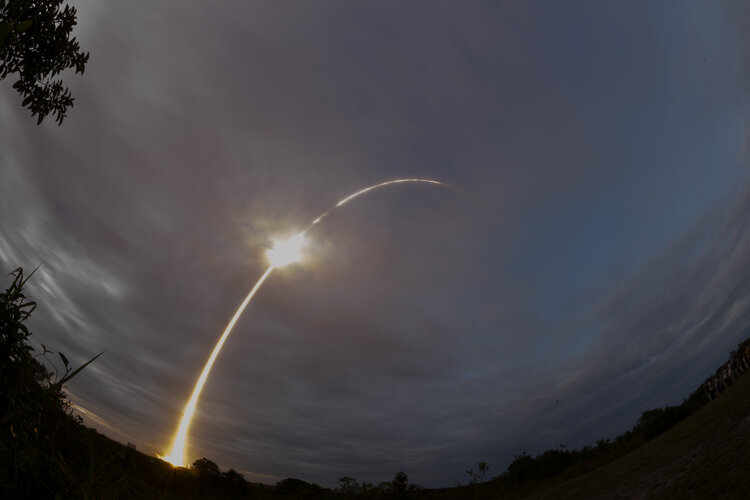
Week in images: 03-07 July 2023
Discover our week through the lens
Scientists work to prevent interplanetary pollution that could pose a threat to life on Earth
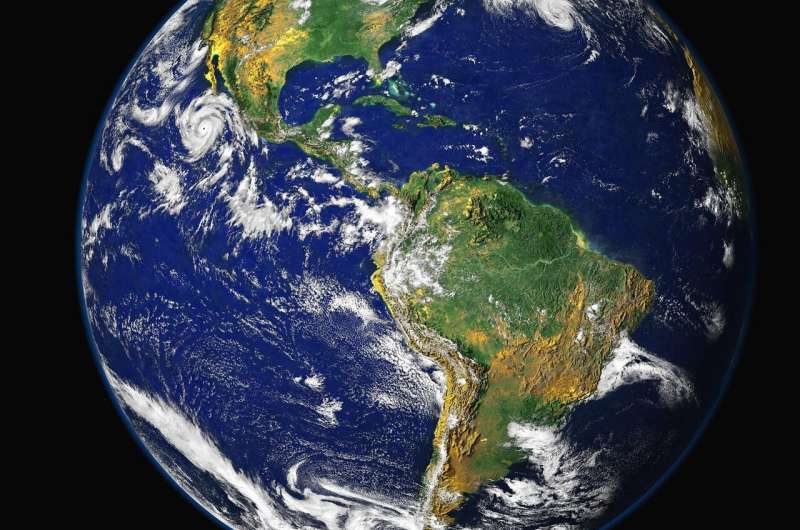
Formulating policies for planetary protection issues and keeping them up-to-date is the responsibility of the Committee on Space Research (COSPAR) panel on planetary protection. In an article in Frontiers in Astronomy and Space Sciences, an international group of experts affiliated with COSPAR reviewed the panel's role, and its Planetary Protection Policy, including recent considerations regarding the Policy for the Moon, Venus, Mars and small planetary bodies.
Now writing on the Frontiers news site, the panel's leadership consisting of chair Dr. Athena Coustenis and vice chairs Niklas Hedman and Prof Peter Doran explain why this endeavor is so important for future deep-space explorers.
Imagine robotic rovers taking soil samples on the surface of Mars, looking for evidence of past life and instead finding bacteria that had traveled all the way from Earth: the impact on subsequent research would be incalculable. Or picture a probe digging through the crust of an icy moon such as Europa or Enceladus, and injecting organic contamination from Earth into the subsurface ocean, thus compromising any further search for life in that body.
At the same time, if extant or extinct life were to exist on such bodies, returning samples to our planet without proper measures to prevent hazards to our biosphere could lead to important risks for humanity.
Earth from Space: Cyclone Mocha
 Image:
The Copernicus Sentinel-3 mission captured this image of the powerful Cyclone Mocha on 13 May 2023 as it made its way across the Bay of Bengal heading northeast towards Bangladesh and Myanmar.
Image:
The Copernicus Sentinel-3 mission captured this image of the powerful Cyclone Mocha on 13 May 2023 as it made its way across the Bay of Bengal heading northeast towards Bangladesh and Myanmar. De-icing Euclid for 20/20 vision
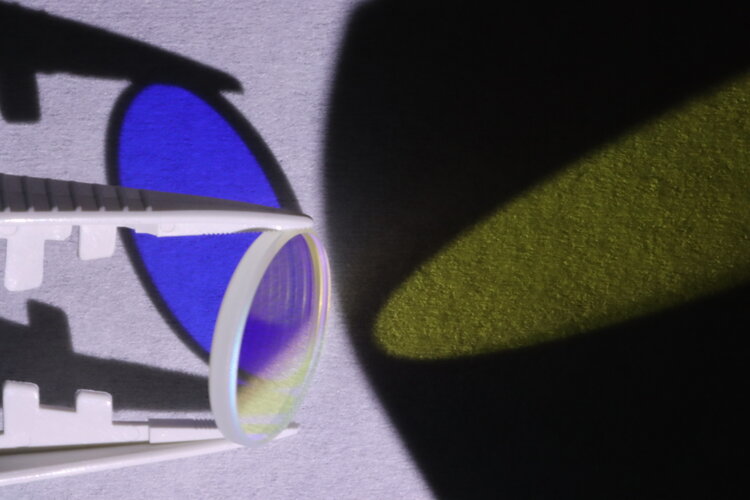 Image:
De-icing Euclid for 20/20 vision
Image:
De-icing Euclid for 20/20 vision California Science Center to start complex process to display space shuttle Endeavour vertically
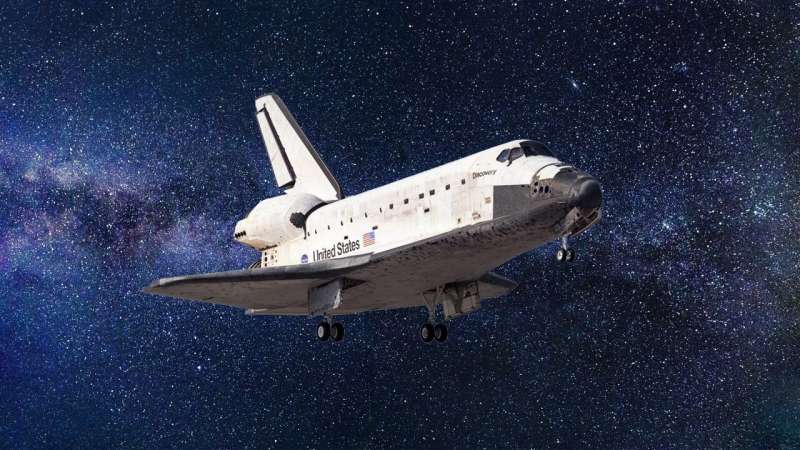
The lengthy process of putting the retired space shuttle Endeavour on display in the vertical launch position will begin this month in Los Angeles.
The California Science Center announced Thursday that the six-month process will get underway July 20 at the future Samuel Oschin Air and Space Center currently under construction in Exposition Park.
The initial step, dubbed "Go for Stack," will be installation of the bottom portion of the solid rocket boosters known as aft skirts upon which will be stacked the booster segments, the external tank and then Endeavour.
The 20-story tall display will show the shuttle as it would appear waiting on a launch pad.
Endeavour was built as a replacement for the destroyed shuttle Challenger and flew 25 missions between 1992 and 2011.
When NASA's shuttles were retired, Endeavour was flown to California atop NASA's special Boeing 747 shuttle carrier in 2012, drawing crowds as it flew over locations in the state associated with the space program.
After landing at Los Angeles International Airport, the shuttle was placed on a special trailer and then created a sensation as it was inched through tight city streets to the California Science Center over several days.
Solving the RIME deployment mystery on ESA's Juice mission
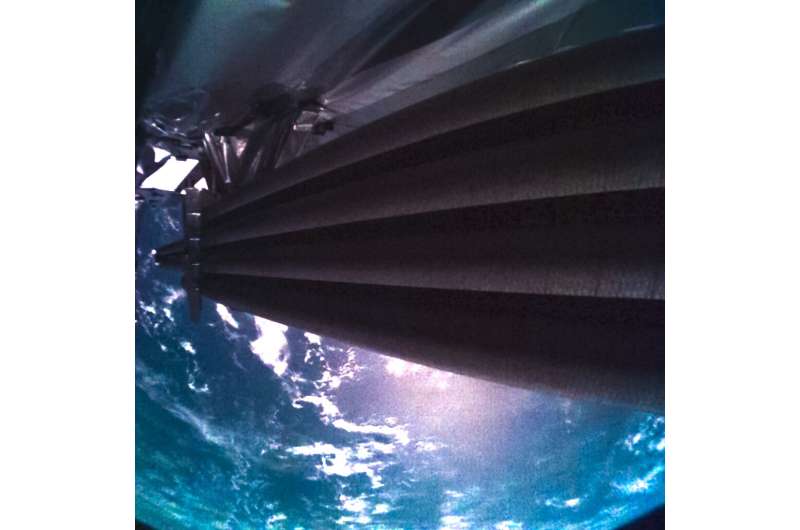
When the RIME antenna on ESA's Juice mission failed to deploy a few days after launch, the engineering teams faced the mighty challenge of understanding the fault and rectifying it. At stake was a chance to see inside Jupiter's mysterious icy moons.
The stakes were already high before the spacecraft ever left the ground. ESA's Jupiter Icy Moons Explorer (Juice) was designed by Airbus to conduct an unprecedented investigation of the Jupiter system and its family of icy moons.
A key to that investigation is the Radar for Icy Moon Exploration (RIME) antenna, which is part of Juice's comprehensive suite of ten science instruments. Once in the Jupiter system, RIME will be used to remotely probe the subsurface of Jupiter's icy moons. Its radar signals will penetrate the moons to a depth of 9 km, and reveal details of between 50 and 140 m across. This will give insight into their geology and provide unique data to understand the habitability of these remote, icy moons.
Helicopter underwater escape training for ESA's astronaut support team
